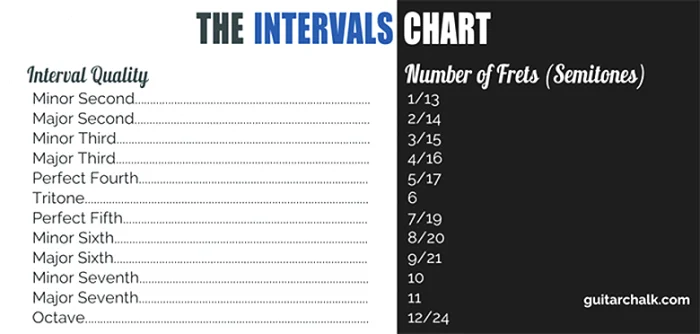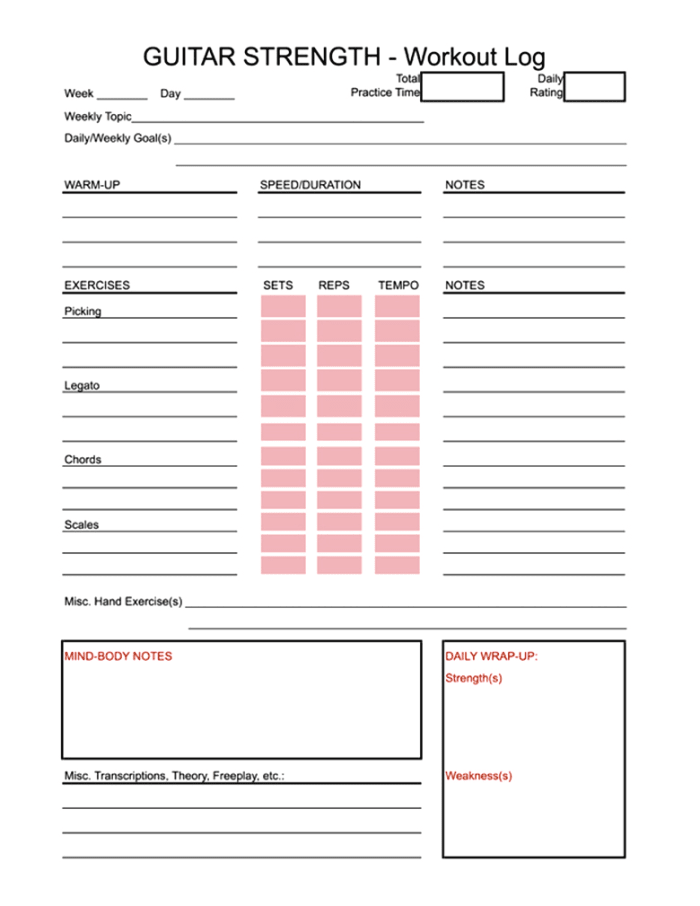Six Simple Ways to Become a Better Guitarist
This is some of the best all-round advice for guitar players on offer

Having been in publication since 1967, we have published thousands of useful tips for guitarists in print and online.
This brief lesson collects only six of them. Still, we hope you'll get something out of it – happy in the knowledge that there's so much more to explore in the Lessons section here at GP.
So grab your guitar and let's get started!
1. Learn Something New Every Day
Find one guitar-related thing a day that you didn’t know already and learn it – and play it.
It can be a riff, a lick, a chord, a scale, an exercise, a song, a melody, an altered tuning, a strum pattern, the part of a song you know all the riffs to but never bothered to learn the “boring” connecting transition sections of, whatever.
The discipline of seeking out, playing and internalizing a new piece of guitar knowledge on a daily basis will feed your subconscious musical instincts, add new concepts to your muscle memory and ultimately aid in your ability to express yourself and perform effortlessly on the guitar.
Make this a part of your day and you’ll find that as you continue on your journey, one thing will become two, then three, and on and on until you are devouring as much as you can absorb on the guitar, every day!
2. Learn the Major Scale Intervals
The major scale provides the building blocks of many of the chords and scales you'll come across as you make your way through your career.
By understanding the structure of the major scale, we can then begin to harmonize it in various ways to form triads, seventh chords and extended chords, as well as understand the modes that accompany them.
The major scale has seven intervals: the root, major second, major third, perfect fourth, perfect fifth, major sixth and major seventh.
The intervallic distance between each interval forms the pattern W-W-H-W-W-W-H, where W is whole step and H is a half step.

3. See the C and Be the B
How many ways can you play a C major chord? A good guitarist knows of at least five different places on the fretboard to play it, courtesy of the CAGED system.
Practice playing four bars of the chord, and in each measure, play the chord in a new place on the neck.
Of course, this could easily apply to the E chord or B7 or A9. We think you get the idea. But start with C.
4. Run Through Every Chord You Know
This tip is from Joe Satriani: "It seems silly, but if your fingers don’t go to a certain place it’s because you haven’t challenged them.
"One day, when I was a teenager, I decided that I was going to learn every chord in a Joe Pass chord book I had. I worked on it every day; there’s no substitute for bonehead repetition.
"The great thing is, once you get used to this exercise, you’ll literally force your fingers to go from chord to chord to chord – chords that have no relation to each other – and great things can come from that.
5. Learn Your Favorite Guitar Solos Verbatim
Eddie Van Halen spent the early part of his career playing along with various records until the sound of what he played matched what was on the record he was playing to.
Doing this will boost your vocabulary and also improve your delivery, feel, stylistic awareness and sense of solo contour.
6. Track Your Progress
The growth of any guitarist can be improved by the awareness of that growth. As you develop the discipline to be learning and practicing on a daily basis, it is important to keep a log or diary of the process of your improvement in order to further maximize growth.
The easiest way to do this is to keep a log of your routine. You’ll find that keeping track of your practice will help you focus future practice sessions, maintain and continue awareness of progress and locate particularly fruitful practice phases in your past that can be replicated and upgraded when you feel your growth has stalled.
Create your own daily “workout log,” or print and use this example:

All the latest guitar news, interviews, lessons, reviews, deals and more, direct to your inbox!
Guitar Player is the world’s most comprehensive, trusted and insightful guitar publication for passionate guitarists and active musicians of all ages. Guitar Player magazine is published 13 times a year in print and digital formats. The magazine was established in 1967 and is the world's oldest guitar magazine. When "Guitar Player Staff" is credited as the author, it's usually because more than one author on the team has created the story.
